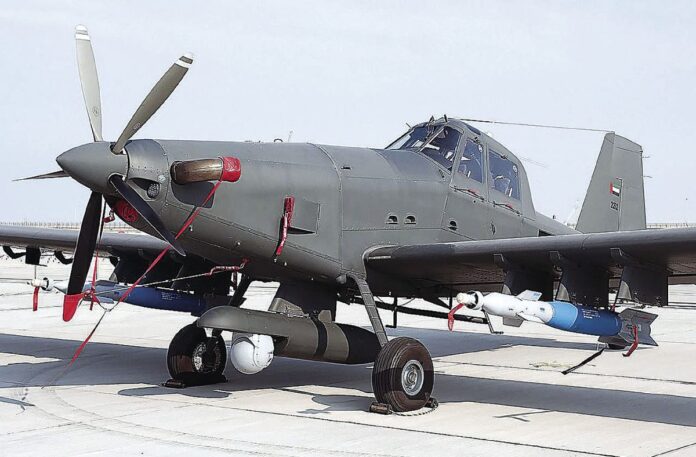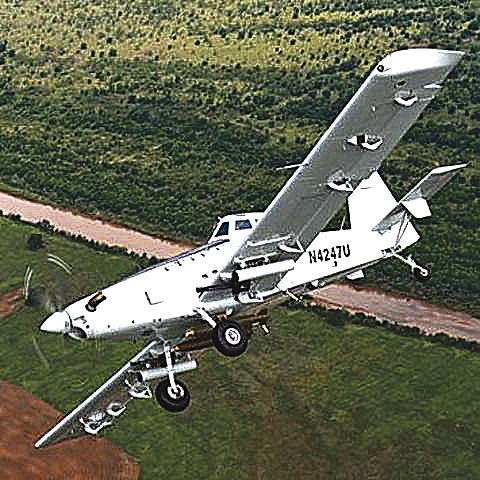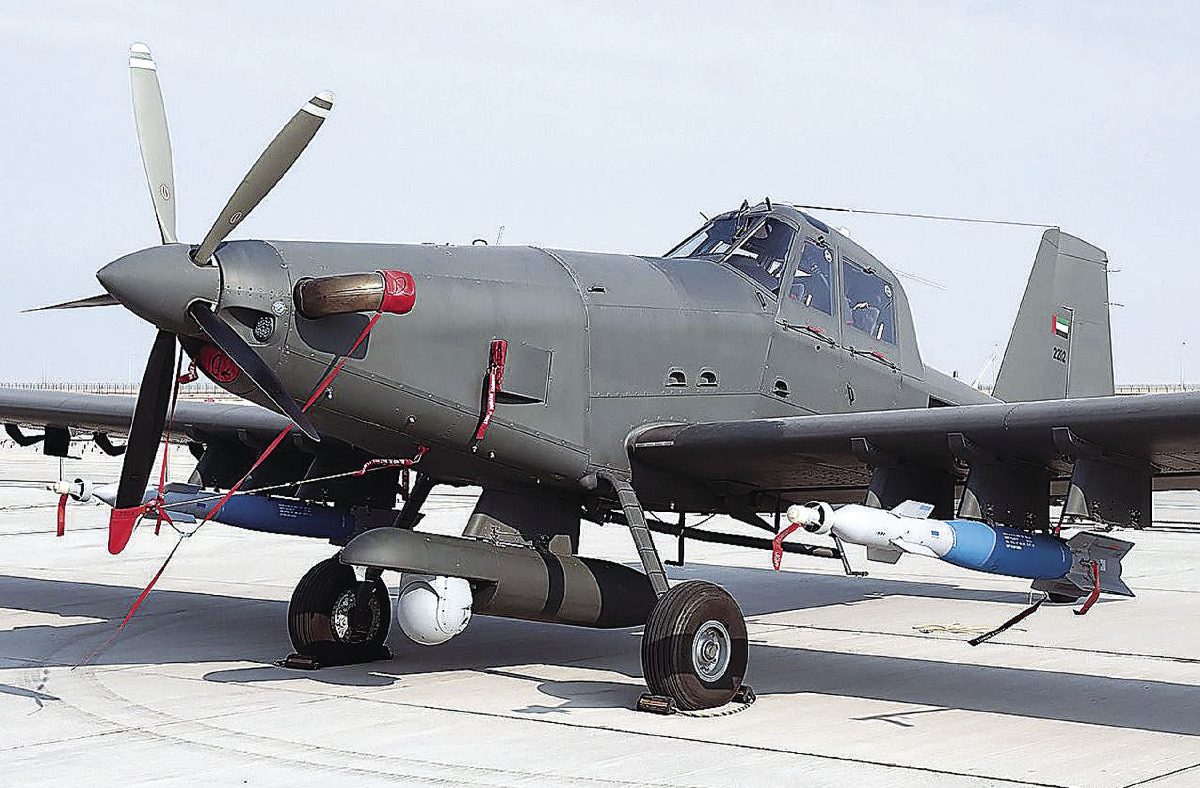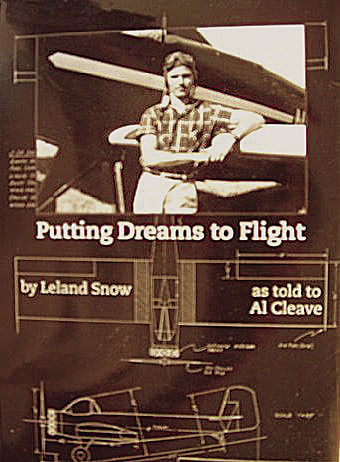BY NORMAN ROZEFF
EDITOR’S NOTE: This is the final part in a three-part series by local historian Norman Rozeff. The first two parts can be found at www.ValleyStar.com.
Leland had begun working on the design of his S1 aerial application plane in 1951 while still attending Texas A&M. At that time pilots were still flying Stearman bi-planes and J-3 Cubs that had been converted as best possible to apply agricultural chemicals. Being underpowered and not particularly safe in an emergency, they were risky to operate. In 1954 Leland, listed as an engineer in the telephone directory, continued to live with his widowed mother.
By 1956 he had set up the Snow Aeronautical Company, manufacturers, at 2 ½ miles West State Highway 83, Harlingen.
When, in 1955, he had designed his advanced S 2 model applicator, he needed working capital to advance his dream. It was not forthcoming in the Valley, but chance would have it that in Olney, Texas, a small community about 45 miles south of Wichita Falls, not only was capital to be made available to him but also a manufacturing location.
Olney during WWII had been the site of U.S. Navy bomber pilot school with its sizable airfield. As an oil and ranching town it was susceptible to economic ups and downs.
The local business leaders sought something more stable, found what they liked in Snow, and advanced him funds to pursue his dream.
Snow’s two partially finished planes were moved in five cattle trucks to Olney in January 1958. The existing facilities at the Municipal Airport would suffice to commence Snow’s aircraft production. In the summer of 1958 Snow’s S-2B was certified and two orders for it soon followed. As saying goes, “The rest is history.” By 1965, 300 of Snow’s aircraft had been manufactured and delivered. Early on Snow designed six basic designs. He considered the best to be the Air Tractor completed in 1972, but this was to be only the beginning, for he would design nearly 30 aircraft overall.
The company’s upward rise would be interrupted by a customer lawsuit over a crash unrelated to wing design. Snow was forced to take on two partners to avoid closure. The partners in turn forced a sale in 1965 to Rockwell-Standard, later to become Rockwell International involved with space programs. Snow was made a Rockwell vice president but was unhappy, especially when the Olney plant was closed in 1970. Leland resigned from Rockwell and by 1972 having designed a new ag plane launched Air Tractor. The name Air Tractor Inc. came into being when Snow acquired it from a defunct manufacturer. Two years later saw the new plane roll off the production line in a new facility in Olney. The 147,000 square foot manufacturing facility would eventually be capable of producing a plane every two working days.
Ag Tractor aircraft are used primarily for spraying, seeding, fertilization, mosquito control, cleaning up oil spills, and firefighting work. Some planes have been utilized for drug eradication in South America. A very unusual modification was instituted in 2008. Named the Air Truck AT-802U the Air Tractor manufactured airplane was designed as a two seater armored light attack plane. It was outfitted with 12.7 mm GAU-19A three barrel Gatlin guns, MK-62 rocket launchers and MK-82 bombs.
One thing was for sure, it costs considerably less than other military aircraft and, being able to fly at lower speed (210 mph maximum) and altitude, may be better adapted to certain combat conditions.
After the Rockwell era, Leland was concerned about the people of Olney. He never again wanted to see the trauma of closure and abandonment in the community. In 2008 Snow made sure that this would never happen a second time. In 2008 he sold Air Tractor to its employees. The employees took up the baton and the challenge. In the years 2012 and 2013 the company produced 180 aircraft a year.
Snow received numerous aviation and industry awards during his career. In 2000 he was inducted into the Texas Aviation Hall of Fame. In 2005, Air Tractor received the Better Business Bureau International Torch Award for Marketplace Ethics. Snow was a generous financial supporter of the National Agricultural Aviation Association and its programs for pilot safety and drift minimization. He and his wife Nan also supported the arts in Wichita Falls and had been long-time sponsors of the Wichita Falls Symphony Orchestra. He enjoyed listening to classical music and playing the piano.
Snow sought to be physically fit and took up running. He became so adept that he even ran in three marathons after age 65. He logged more than 17,000 miles of running since 1990. At age 80 on February 20, 2011, while jogging near his Wichita Falls home Leland died.
The company that he had founded had become the world’s leading manufacturer of agricultural and firefighting aircraft, and Snow was actively involved in engineering and management of the company until his death.
This son of Harlingen made his hometown proud. As his Wichita Falls obituary stated, “He will be remembered for his quiet kind nature, dogged determination, and generosity to people and causes he cared for.”







